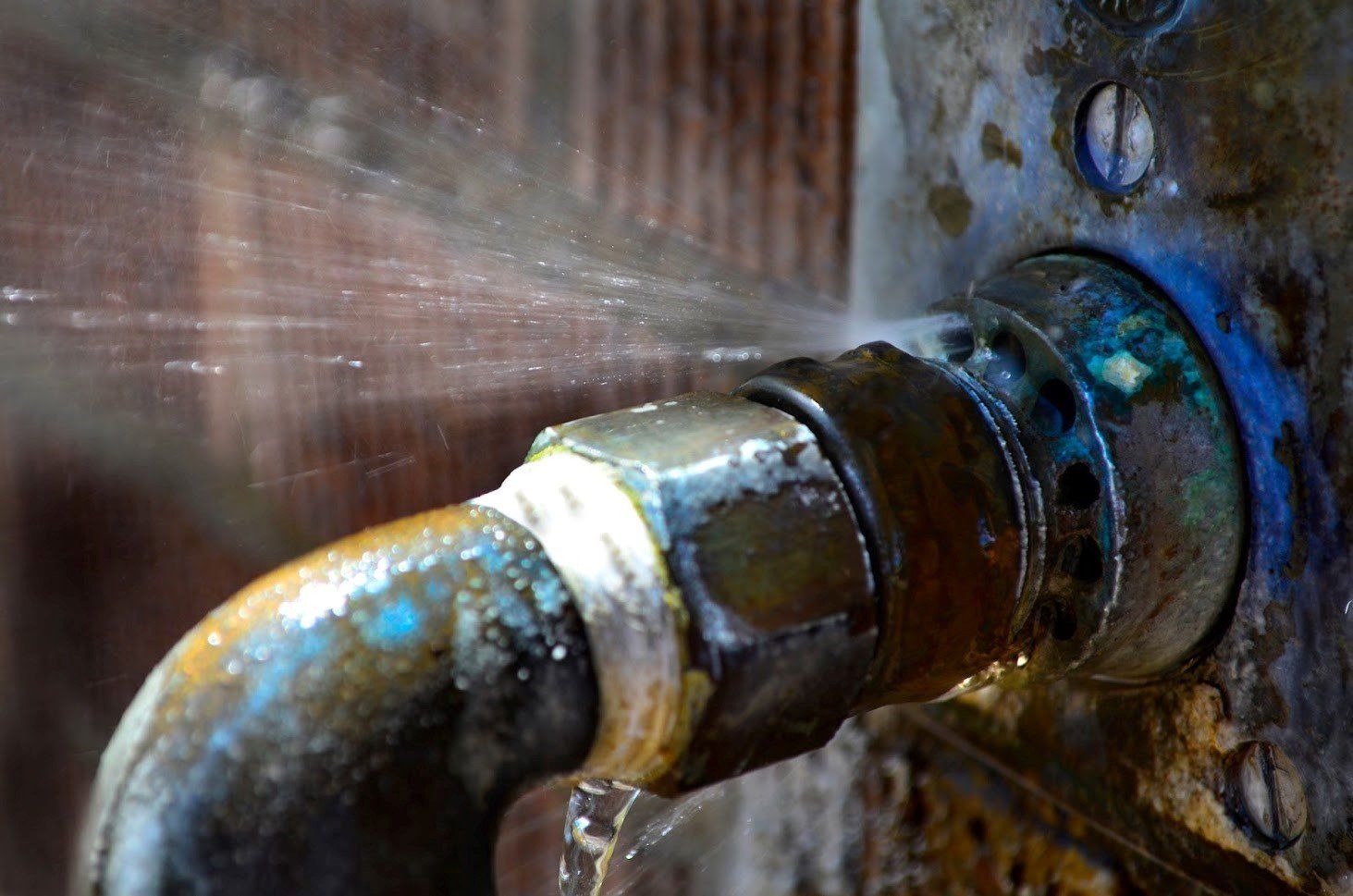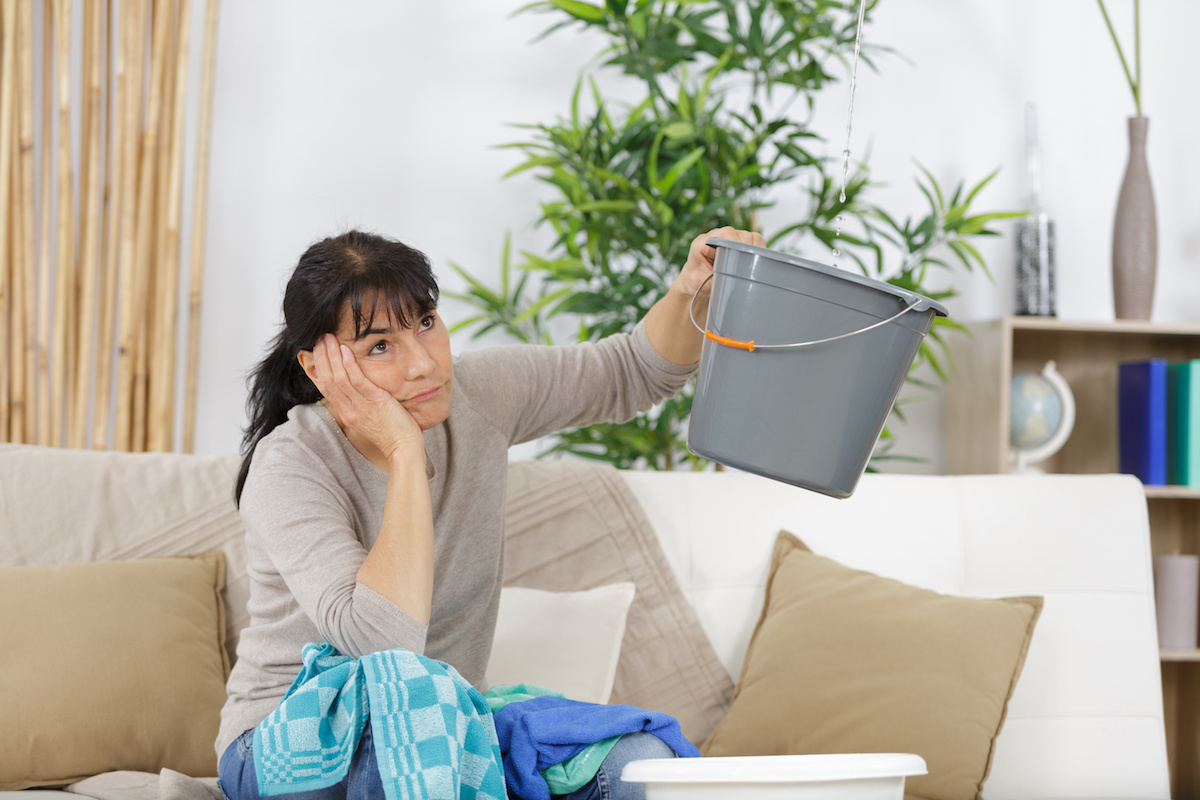How do you feel about How to Prepare for Your Dishwasher Installation?

A burst pipe is a major emergency; you can only stand as you watch water you pay dearly to reunite with the planet. In even worse situations, you see a swimming pool on your kitchen floor, which is a wonderful trip hazard, particularly if you have kids around. If the pipe that ruptured remained in your walls, trouble: you may require to paint that whole area.
How can a tragedy like a burst pipeline be avoided and taken care of? Well, by paying attention to your professional emergency plumbings as well as adhering to these rules.
Just how do I recognize when my pipelines have burst?
Fluctuating water stress
Pipes do not simply burst in a day. You may have noticed that your kitchen area faucet or shower does not run quickly when you transform the faucet. It may stop for a couple of secs and afterwards blast you with more force than common.
In various other circumstances, the water may appear typical at first, then drop in pressure after a couple of seconds.
Infected water
Many individuals presume a burst pipe is a one-way outlet. Quite the contrary. As water spurts of the hole or gouge in your plumbing system, impurities locate their way in.
Your water may be infected from the resource, so if you can, inspect if your water tank has any troubles. Nonetheless, if your alcohol consumption water is supplied and also purified by the city government, you must call your plumber quickly if you see or smell anything funny in your water.
Puddles under pipes as well as sinks
When a pipe ruptureds, the discharge develops a puddle. It may appear that the puddle is expanding in size, and regardless of the number of times you mop the puddle, in a couple of minutes, there's an additional one waiting to be cleaned up. Commonly, you might not be able to trace the puddle to any type of noticeable pipelines. This is an indication to call a professional plumber.
Damp wall surfaces and water spots
Prior to a pipe bursts, it will leak, the majority of times. If this persistent leaking goes undetected, the leak might graduate right into a wide tear in your pipe. One very easy means to avoid this emergency is to keep an eye out for wet walls ad water stains. These water stains will lead you right to the leakage.
Untraceable dripping noises
Pipeline ruptureds can happen in the most undesirable areas, like within concrete, inside wall surfaces, or under sinks. When the house goes silent, you may have the ability to hear an irritatingly consistent dripping noise. Also after you've examined your shower head and cooking area tap, the trickling may proceed.
Dear viewers, the trickling might be originating from a pipeline inside your walls. There isn't much you can do concerning that, other than tell an expert plumber.
Turn up the Heat
Set up fans to blow warmth into chilly spaces. Keep the garage door shut. If you have minimized water flow, warm the most vulnerable pipelines (usually in cellars and crawl spaces or near outside wall surfaces) with a hair dryer. Leave the tap on while you use warm. As you melt ice, the circulation will certainly enhance. To stop pipes from freezing, shield your walls.
Beginning Getting Rid of the Water
Get hold of the wipe, buckets as well as a shop vacuum cleaner to start to remove the water because you absolutely do not want it soaking right into whatever else in your house. Plus, a fast tidy up will minimize the opportunities of something obtaining musty.
What do I do when I find a ruptured pipe?
Your water meter will certainly continue to run also while your water wastes. To reduce your losses, locate the major controls as well as turn the supply off. The water pipe are an above-ground framework at the edge of your residential property.
How to Fix & Detect a Leaking Pipe
How Do I Know if a Pipe is Leaking?
Leak detection tests can help you determine if your pipe has a leak. Even if you don’t see an apparent leak, you should still conduct leak detection tests regularly to save water and money—and prevent major damage to your home.
Water meter. It can be helpful to figure out what your usual water meter usage numbers are and then monitor them regularly. To monitor your meter, first, turn off all water faucets in your home. Check the meter and write down the numbers. In a few hours, check the meter again. If the numbers have changed, you have a leak. Water gauge. Use a water gauge to test your water pressure. Your showerhead should produce a certain amount of water pressure based on its model and design. If the pressure is lower than it is supposed to be for that specific showerhead, your home likely has a leak. Puddles. Look inside your bathroom, laundry, and kitchen sink cabinets. Puddles around the cabinets or around toilets, tubs, showers, and washing machines indicate the presence of a leaking pipe. You may also notice loose tiles, peeling or flaking paint, or mold caused by water accumulation. Napkin test. Even if you don’t see any puddles, you may still have a leak. You can test for water leaks in the bathroom, laundry, and kitchen by wiping below-sink connections with a napkin, paper towel, or piece of toilet paper. If it becomes damp, you probably have a leaking pipe under the sink. Discolored walls. Walls that are discolored—usually with brown or yellow stains—or bulging might mean that they have been impacted by water damage caused by a leaking pipe. Smell. A leaky pipe will create sitting water, and over time, that water may develop a musty smell. If your home smells musty, but you can’t locate the source, it may be due to a leak. Steps for Fixing a Leaking Pipe
A leaky drain can be remedied by tightening the pipe base, replacing the drain seal, caulking the rim, and tightening the pipe nut. Similarly, a leaking toilet pipe can be treated by tightening the packing nut. You may also need to replace the valve. A leaky faucet may just need tightening or replacement of the washers. If that doesn’t work, consider replacing your faucet. If your pipe has a hole in it, you may want to use a pipe leak sealer or pipe leak tape. This quick fix for water pipe leaks can also temporarily fix a copper pipe leak. https://www.ahs.com/home-matters/quick-tips/how-to-tell-if-pipes-are-leaking/

I am very enthusiastic about How to Prepare for Your Dishwasher Installation and I hope you enjoyed the page. Enjoyed reading our blog entry? Please share it. Let another person locate it. Thank you so much for going through it.
Plumbing crisis? Contact our experts.